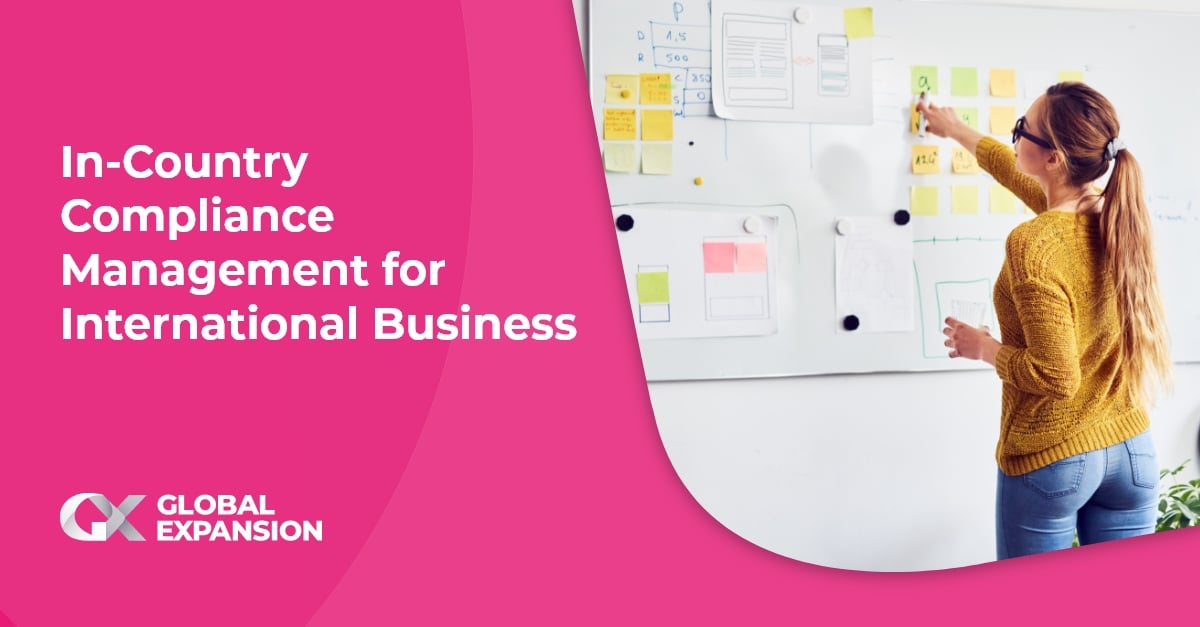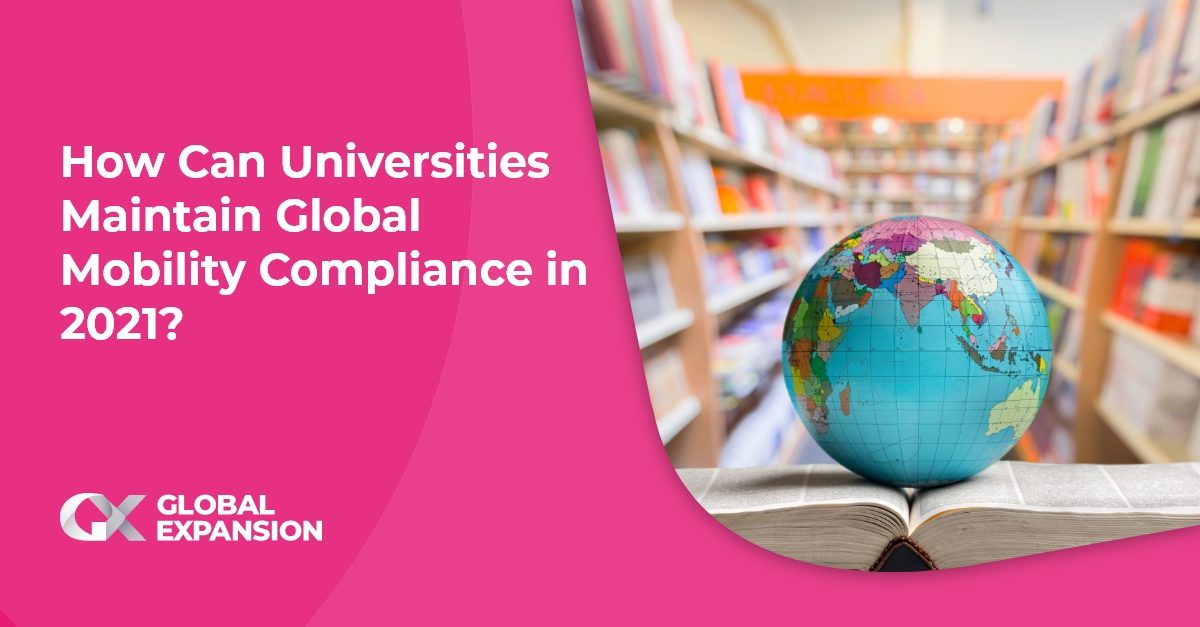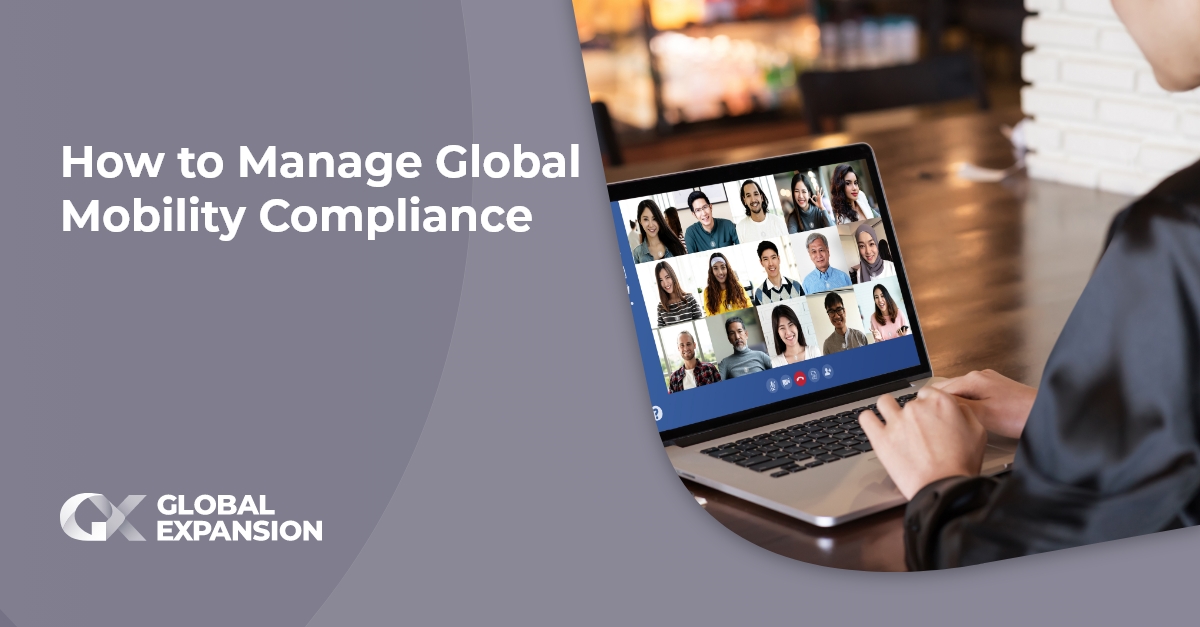Benefits of IT Mergers and Acquisitions Consulting Services

Can IT companies pursue mergers and acquisitions (M&A) in-house? Of course, they can. Internal legal teams can deal with a lot of the issues and requirements that come with M&A. In some scenarios, however, internal legal or HR teams are not quite sure where to begin. This could be because of a variety of reasons, but usually, it is because this is the first time M&A is being pursued.
- The Top Challenges for IT Companies
- The Solution: Global Professional Employer Organizations
- The Benefits of IT Mergers and Acquisitions Consulting Services
The Top Challenges for IT Companies
M&As are not an exact science. In fact, they can be highly volatile processes that end up being disastrous. In many scenarios, mergers and acquisitions present dangers that are either underestimated or disregarded by teams involved in pursuing success.
While there is no foolproof equation for avoiding these pitfalls and completing an M&A process with zero chance of mishap, there are steps that can be taken and considerations to be made aware of. One of the most important things for IT companies to be aware of are the top challenges that may befall them:
Mismatched Processes and Cultures
It is often a fact that IT companies have very concrete processes that stem from their unique and bespoke service offerings. In turn, these have a great impact on organizational culture and how a company both runs and presents itself.
When two companies with diametrically different or opposed attitudes and methodologies are merging, this can cause friction. Upon merger, the new entity is facing an internal war where its two halves can’t find synergy or common ground.
Dealing with this requires time and effort and it can usually result in a lot of resources being spent, alongside the fallout of morale issues and poor productivity.
While it is not set in stone that different cultures will completely oppose one another or that similar cultures will mesh without issue, culture is still a major consideration. However, there are success stories to look up to - think of Google’s acquisition of Android in 2005, an IT merger that enabled Google to become one of the key players in the mobile phone industry.
Issues Integrating Governance
Within IT mergers and acquisitions, an organization must be able to account for and resolve the overlapping of processes and responsibilities. There is likely to be a lot of similar, identical or completely incompatible duties carried out by everyday employees and middle management, duties that need to be performed with little to no impact on completion.
It is crucial that IT companies establish governance protocols from an early stage, meaning that authority, territory and process are applied with balance.
Within mergers and acquisitions, clear hierarchies and methods for getting work done need to be developed. It all comes down to understanding who is responsible for what. After the merger or acquisition is completed, management can then decide if any iterations, changes or improvements are needed.
Compliance Obstacles
Ultimately, compliance obstacles are not things only applicable to IT organizations. In fact, these are universal issues that all companies pursuing mergers or acquisitions need to prepare for.
Organizations merging with or acquiring entities that lie in jurisdictions outside of their own, like a UK-based company being acquired by an American company or any other potential setup, will be faced with a number of considerations related to regulatory compliance:
-
Taxation
-
Labor laws
-
Immigration
-
Payroll and benefit obligations
Each of these can represent their own set of headaches or stumbling blocks that can either slow the M&A down or threaten to stop it entirely.
However, IT companies also face potential problems from the following:
-
Software management: Certain types of software may not be allowed in certain jurisdictions due to differences in international law. There is also the issue of security - some businesses’ software may require updating before it can be used in other countries due to security issues with open-source software or publicly accessible platforms. Before an M&A is pursued, any vulnerable third-party components need to be patched or replaced.
-
GDPR or other data protection laws: For businesses in the EU and any business in the world dealing with data that originates in the EU, GDPR applies. This and other data protection laws, such as the Gramm-Leach-Blilely Act, HIPAA and FACTA which apply in the US, can have a huge impact on a business if not adhered to. Due to the inherent digital nature of IT companies, they need to be aware of global regulatory compliance involving data use or risk big fines if found to be non-compliant.
-
Electronic Data Interchanges (EDI): This directly applies to working with any third-party vendors. Initially, a company must determine whether there will be any contract changes as the business expands. Secondly, they need to analyse any vulnerabilities in terms of EDI and potential data breaches. New jurisdictions means new threats in terms of cyber security. Managing the information security in the relationship between a company and its vendors is tough. Yet, on top of that, vendors will also potentially be liable within laws that apply in the new jurisdiction. A good example of this is GDPR, which applies if both a company and their vendor begin to deal with data originating in the EU.
So how can a company adequately prepare itself to combat these issues and protect from any potential fallout?
The Solution: Global Professional Employer Organizations
The issue for growing IT and tech organizations is that to continue growth, expansion is inevitable, which means that problems like this will likely be faced at some point. Not only does M&A guarantee growth, but these processes also provide access to new technology, new talent and a larger market share in an increasingly competitive industry.
Expansion through M&A comes with its challenges, numbering the ones we have covered alongside others - some common, others not so much. New markets bring new compliance obligations, new challenges specific to IT solutions present in new jurisdictions and the general issues that exist within any expansion project.
IT companies need experienced guidance, which can be found in the form of Professional Employer Organizations (PEO).
The Benefits of IT Mergers and Acquisitions Consulting Services
Conventional expansion methods may not work for IT companies who are looking to corner a market with a unique product or service. If there is still competition present in a new market, expansion will not be as successful. This is why M&A for IT companies and the gaining of a larger market share is imperative for growth within that industry.
PEOs offer expertise within global M&A, removing the complexities from the process so that teams can focus on business-critical work. Companies must ask themselves if they can guarantee 100% compliance within a merger or acquisition? If the answer is not a ‘yes’ that can be backed up by evidence, then they will need a partner.
PEOs help to meet the demands of international expansion with their bespoke transactional solutions, ensuring a smooth, risk-free process, held to rigorous standards. Learn more about a Global PEO’s approach to mergers and acquisitions here.
The final piece of advice we can give is this: do not become complacent. Always prepare for problems or mistakes and never assume that M&A will proceed without a hitch. Preparation first starts with learning what kind of pitfalls an organisation could be facing. To see more of these pitfalls and their potential solutions, download our guide.
Avoiding The Common Pitfalls of Mergers and Acquisitions
Common pitfalls, reasons for failure, M&A insights… Every company attempting to either merge with or acquire another business needs to be aware of the realities of mergers and acquisitions. It is not a pursuit for the faint-hearted.
However, successfully expanding through an M&A process is never impossible with the right preparation. This guide can support you in those early stages, helping to notify you of the common issues and obstacles and the ways in which you can avoid them, keeping your M&A free from unnecessary risk and more likely to succeed.
To get your copy, click the link below.
Subscribe to our blog
Receive the latest GX blog posts and updates in your inbox.




